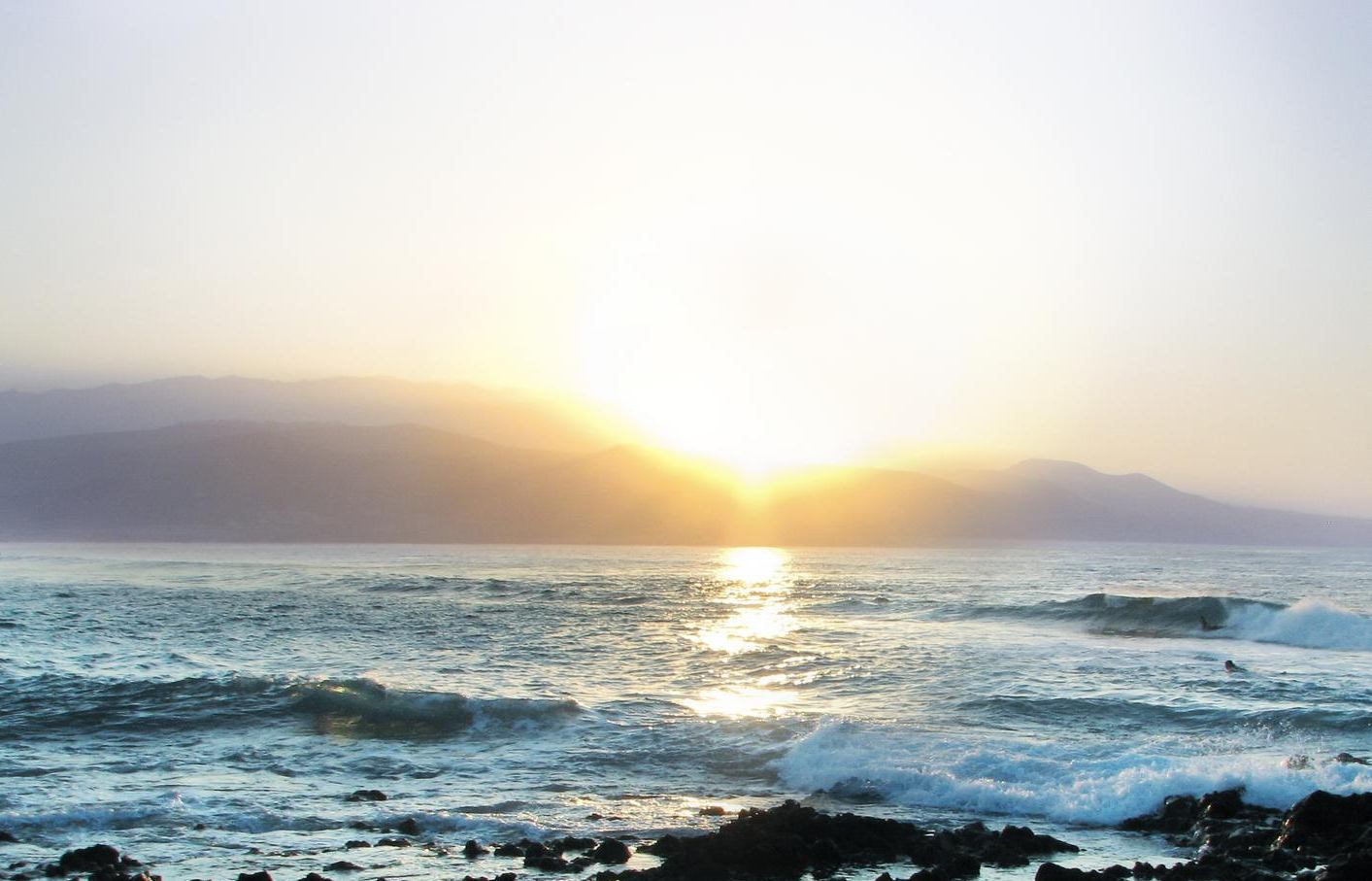 |

Things to see and do
As there are so many protected areas on the island, visiting those beautiful and unique places is recommended! Distances are short (about 200 km around the island), so you can easily use local busses and tourist infos are very helpful in giving advices, maps and timetables. Regular buses go all over the island and system is well organized and economical. Of course you can use taxis, if you want to go around fast with minimal effort (costing some money ;-). Rental cars are also available in all resorts, but along with all kinds of hidden costs and learning the traffic culture of streets and highways, that might not be the best relaxing holiday plan.
- Mountain area: Roque Nublo and Tejeda region
- Rock caves: Cueva Pintada and Cenobio de Valerón, an archaeological sites
- Botanical gardens: Jardin Canario, Cactualdea and Jardín de la Marquésa (islands have they own endemic plants seen nowhere else)
- Beaches: dunes of Maspalomas, Las Canteras of Las Palmas and dozens of other beautiful beaches
- Towns and villages: lots of sighseeingand and interesting places like Teror, Agüimes, Telde, Vecindario, Gáldar, Arucas and so on...
- Culture: Las Palmas has many museums, contemporary art museum Centro Atlántico de Arte Moderno (CAAM) and The Alfredo Kraus Auditorium (classical and modern music conserts and internatiol cinema festivals), also theaters (Teatro Cuyás, Teatro Pérez Galdós, Teatro Guiniguada) and other cultural activities, festivals and everyday art on streets and restaurants: music, performances, sand sculptures....
- Sports and outdoor activities: hiking, biking, swimming, surfing, golf, scuba diving, sailing, fishing and other activities are well presented and the necessary equipment hired in resorts all around the island.
Gran Canaria
Gran Canaria is the third largest of the Canary Islands and has the second largest population (aprox. 850 000 inhabitants). The island has 2.2 million annual visitors and the tourism is the main source of income (70%) of the economy.A Miniature Continent
Gran Canaria is called a "Miniature Continent" due to the different climates and variety of landscapes found, with long beaches and dunes of white sand, contrasting with green ravines and picturesque villages. Almost half of the island is under protection as a Biosphere Reserve by UNESCO. Natural Protected areas include the Rural Park of Nublo, The Doramas Jungle, the Azuaje Ravine, Tamadaba, Pino Santo, etc.
The capital Las Palmas de Gran Canaria, in the northeast of the island, is one of Spain's largest cities. The south coast of the island is now dominated by the tourist resorts which generate most of the island's economy. The centre of the island is mountainous, with the remains of ancient pine forests on the peaks. Maspalomas in the south of Gran Canaria is the tourist zone, with the largest variety of options for enjoying the island.
Climate
The climate is subtropical semi-arid for most locations, North tending to be cooler and rainier while the south is warmer and sunny. The island has spring-like conditions with average monthly temperatures from 18 to 25 C (colder at nights and on mountain areas) and several microclimates, with some considerable differences in rainfall and temperature.
History
Like all Canary islands, there were population of the Guanches, who probably settled the Islands in around 500BC. Spanish history begins in 1483 (after over a century of European attempts at conquest), when the island was conquered by the Kingdom of Castile, with the support of Queen Isabella I, a conquest which turned out to be an important step towards the expansion of the unified Spain.
The capital city of Las Palmas was founded on June 24, 1478, under the name "Real de Las Palmas" and in 1492, Christopher Columbus anchored in the Port of Las Palmas on his first trip to the Americas. Las Palmas is, jointly with Santa Cruz de Tenerife, the capital of the autonomous community of the Canary Islands today.
